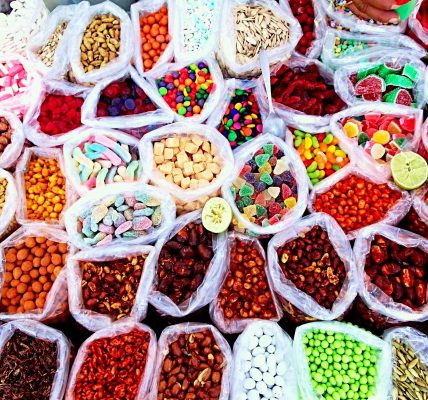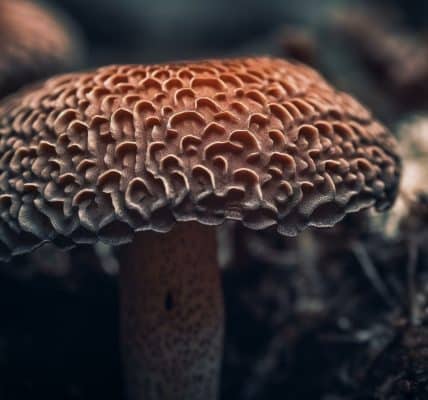How Dopamine Drives Addiction

Fascinating new research reveals a physical reward pathway through the brain similar to the metaphorical reward pathway, meaning a series of events such as cue, anticipation, displacement, dopamine release, satisfaction, and withdrawal.
It’s hoped the new brain research will lead to improved treatments that impact the dopamine-generating region of the brain. The dopamine cycle has been implicated in addiction science and the lack of dopamine production is associated with Parkinson’s Disease.
The Substantia Nigra
Let’s go back to those dopamine-generating neurons before we look at the new science connecting them to the cerebellum. In a region of the brain known as the basal ganglia, that governs voluntary motor skills such as movement, there is a dark substance (substantia nigra) where dopamine-generating cells are gathered.
Christopher Bergland, covering this story for Psychology Today, explains the substantia nigra this way:
When the substantia nigra is flooded with dopamine, it turbocharges reward-seeking behaviors that often drive addiction and cue-induced relapse.
These neurons die off and stop producing dopamine as Parkinson’s Disease progresses. There are treatments to boost dopamine levels but there is no therapeutic for resuscitating or regenerating those lost dopamine producers. So back to the new research connecting the substantia nigra to the cerebellum.
The Cerebellum
Bergland says the new discovery of a dopamine pathway from the cerebellum to the basal ganglia “appears to fuel both the vigor of motivation and the intensity of addiction.” The discovery that the cerebellum regulates the brain’s reward-processing center in the substantia nigra offers promise for treatments for neurodegenerative diseases and addiction, along with motivation and habit formation.
The release of dopamine can lead to a moment of pleasure. The desire to constantly repeat that moment can lead to addiction. Repeatedly inducing dopamine hits can lead to a dependence that taken to extremes can become unhealthy.
This same mechanism is behind a host of afflictions, including nicotine addiction, opioid addiction, alcohol addiction, gambling addiction, shopping addiction, smartphone addiction, and even an addiction to work. Aware of this common thread, psychiatrists in California are advising their stressed out clientele to go on a “dopamine fast” to cleanse the system and throttle down the set level they need to reach to feel satisfied.
The Dopamine Fast
The dopamine fast started as an attempt to break dependence on just one thing, but morphed into a crash diet of 24 hours without any pleasure, something the creator of the phrase did not have in mind. Twenty-four hours of isolation and deprivation can be dangerous and foolish. It’s unlikely any of your bad habits will disappear after 24 hours of withdrawal.
However, serious dopamine fasting, picking one problem substance at a time and making a break from it long enough to not feel desperate anymore, is an excellent idea according to several physicians. It is possible that lowering the set level might bring pleasure back to an unenhanced life for people who are anxious and stressed.
Written by Steve O’Keefe. First published February 6, 2024.
Sources:
“The cerebellum directly modulates the substantia nigra dopaminergic activity,” Nature Neuroscience, January 25, 2024.
“Brain’s Hidden Highway: Neural Pathway Linking Motivation, Addiction and Disease,” SciTechDaily, January 24, 2024.
“How the “Little Brain” Fuels Motivation and Addiction,” Psychology Today, February 2, 2024.
“Neuro-regeneration Therapeutic for Alzheimer’s Dementia: Perspectives on Neurotrophic Activity,” Trends in Pharmacological Sciences, August 2019.
Image Copyright: prestonia.




